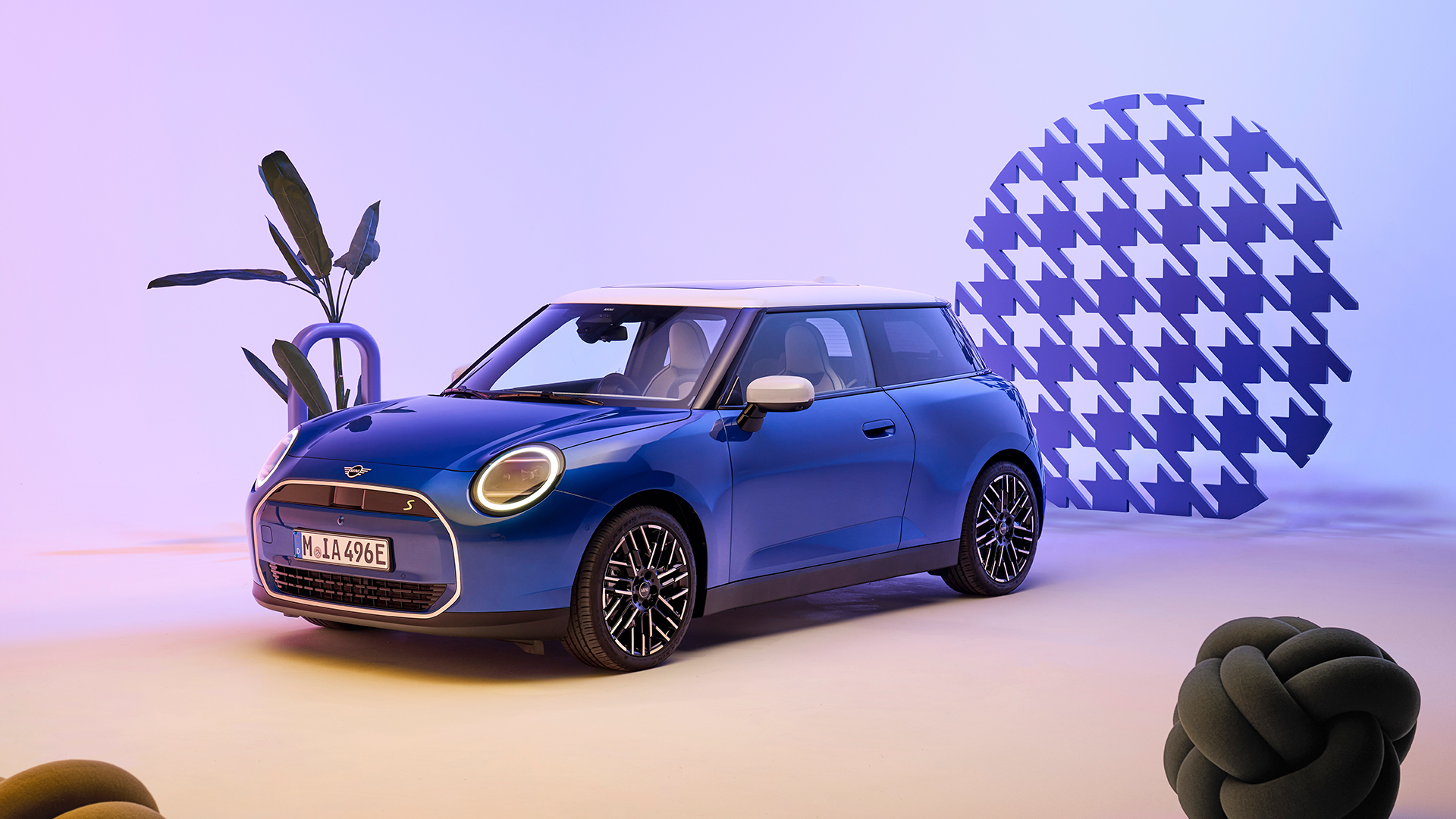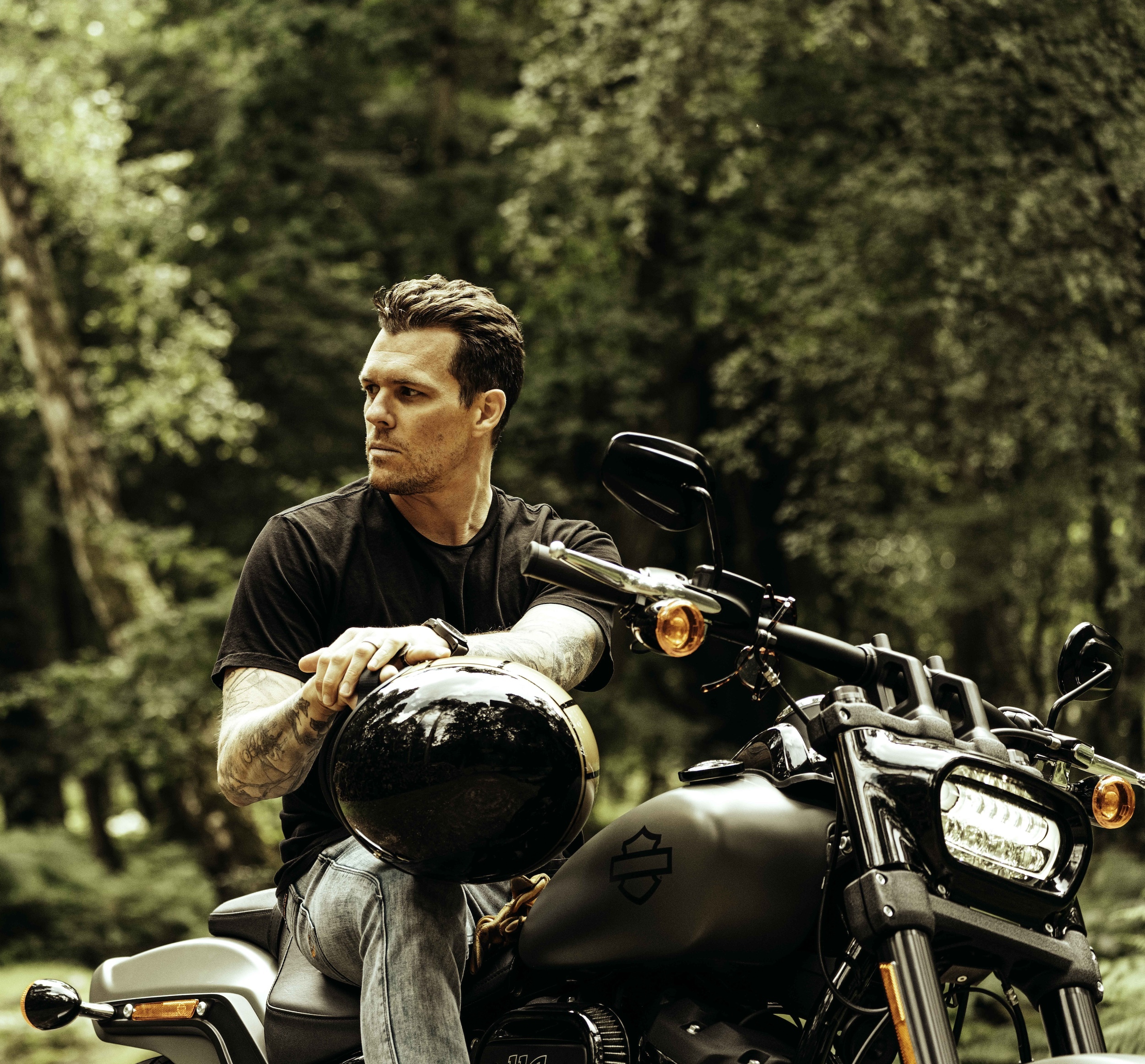BMW Group becomes latest car giant to adopt Tesla's huge Supercharger network
BMW, Mini and Rolls-Royce cars will adopt NACS by 2025

Peer pressure is a powerful thing. Just look at the number of electric vehicle manufacturers that are now opting to adopt Tesla's North American Charging Standard (NACS) in their upcoming cars.
Fresh from the announcement that Korean automotive giants Hyundai and Kia will offer the NACS on their respective EVs by next year, BMW Group is the latest to make public its intention to adopt the NACS connector for its battery electric vehicles in the US and Canada, starting in 2025.
Currently, electric vehicles from BMW, Mini and Rolls-Royce (thanks to the recent release of the Spectre), feature the Combined Charging System (CCS), which is perfectly capable and is compatible with thousands of charging stations across the world.
However, Tesla's Supercharger network is among the most robust and prolific, particularly in the US and Canada, so it makes sense to also offer NACS to customers to ensure the smoothest possible ownership experience.
"With six fully electric BMW, MINI and Rolls-Royce models now available in the US market, and more to come, it is our top priority to ensure that our drivers have easy access to reliable, fast charging," explains Sebastian Mackensen, President and CEO, BMW of North America.
"This agreement is the latest in our longstanding and continued effort to expand charging options for our customers as we continue on the road to electrification."
In addition to the implementation of the physical charging hardware, the BMW Group has also stated that it will update software so owners can locate available Superchargers on their vehicle’s display, and make payments through their respective vehicle’s brand app.
Get daily insight, inspiration and deals in your inbox
Sign up for breaking news, reviews, opinion, top tech deals, and more.
BMW Group is also keen to stress that this announcement is independent to its plans to build a new, high-powered electric vehicle charging network in North America. With the help of six other automakers, it plans to install new chargers in metropolitan areas and along major highways, which will be accessible to drivers of all battery electric vehicles from any automaker using CCS or NACS charging standards.
Charging ahead
There are only a handful of manufacturers left that have yet to announce a switch to NACS, with most of the major players in North America set to offer access to Tesla’s Supercharger network as early as next year.
For EV owners, there is nothing more frustrating than arriving at a charging station, only for the vehicle to be incompatible. This decision will make life a lot smoother for those driving electric vehicles from other brands in the US and Canada, and we hope that compatibility issues across the globe will be banished to the history books in the coming years.
You might also like

Leon has been navigating a world where automotive and tech collide for almost 20 years, reporting on everything from in-car entertainment to robotised manufacturing plants. Currently, EVs are the focus of his attentions, but give it a few years and it will be electric vertical take-off and landing craft. Outside of work hours, he can be found tinkering with distinctly analogue motorcycles, because electric motors are no replacement for an old Honda inline four.